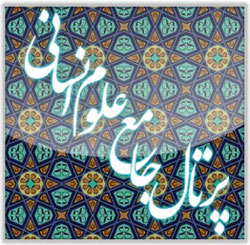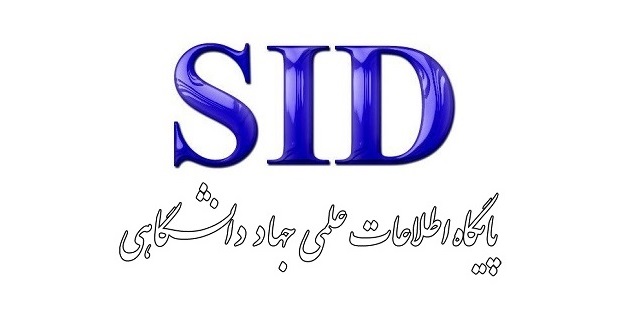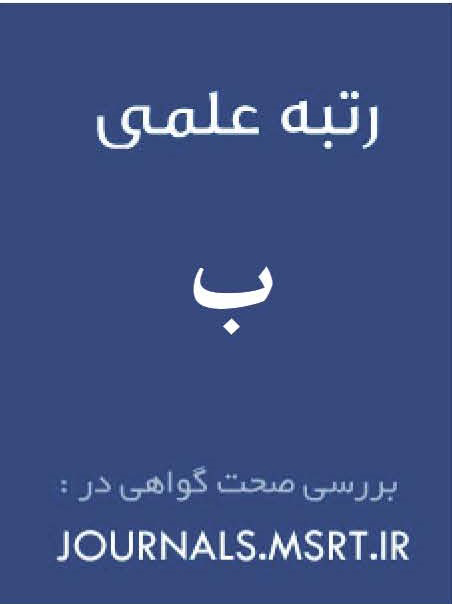Legal Analysis of the Role of the World Trade Organization (WTO) in the Settlement of Trade Disputes with a Focus on Developing Countries: A Study of Challenges and Opportunities
Keywords:
World Trade Organization, dispute settlement, developing countries, international trade law system, commercial justiceAbstract
The World Trade Organization (WTO), as the primary authority regulating multilateral trade, has established a sophisticated and binding dispute settlement mechanism known as the Dispute Settlement Understanding (DSU). This system allows member states to resolve trade conflicts legally, structurally, and within a regulated framework. However, despite their significant representation in the WTO, developing countries face numerous challenges in effectively utilizing this mechanism. These include financial constraints, lack of legal expertise, procedural complexity, political pressure, and weak enforcement of rulings. This article provides a comprehensive legal and structural analysis of the DSU, examining both its potential and limitations. Through the lens of case studies such as Brazil’s dispute with the United States over cotton subsidies and India’s challenge against the European Union’s technical barriers, the paper highlights successful instances of developing country participation. It also explores the available support mechanisms such as technical assistance, regional coalition-building, the binding nature of decisions, and retaliatory measures. Finally, the article proposes practical strategies to enhance developing countries’ engagement in WTO dispute resolution. These include reforming the appellate body, strengthening national legal capacities, simplifying procedural steps, and establishing financial support mechanisms. The findings suggest that achieving genuine trade justice under the WTO framework requires structural reforms and an international commitment to ensuring equal access and effectiveness for all members, regardless of their economic power. The WTO’s dispute settlement system, while unique and effective in design, must evolve to address systemic inequalities and foster inclusive global trade governance.
Downloads
References
Davey, W. J. (2005). The WTO dispute settlement system: The first ten years. Journal of International Economic Law, 8(1), 17-50. https://doi.org/10.1093/jielaw/jgi003
Jackson, J. H. (1998). The World Trade Organization: Constitution and Jurisprudence. Royal Institute of International Affairs.
Jafari, A. (2020). Structural Challenges of Developing Countries in Utilizing the WTO Dispute Resolution System. Quarterly Journal of International Economic Law, 8(2), 75-95.
Pauwelyn, J. (2006). Enforcement and countermeasures in the WTO: Rules are rules - Toward a more collective approach. The American Journal of International Law, 94(2), 335-347. https://doi.org/10.2307/2555296
Rahimi, S. (2022). Legal Analysis of the World Trade Organization. SAMT Publications.
Shahin, M. (2021). Dispute Settlement at the WTO: Challenges for Developing Countries. Cambridge Journal of International Law, 12(3), 185-202.
Van den Bossche, P., & Zdouc, W. (2017). The Law and Policy of the World Trade Organization (4th ed.). Cambridge University Press. https://doi.org/10.1017/9781316662496
WTO. (1994). Understanding on Rules and Procedures Governing the Settlement of Disputes (DSU). World Trade Organization.
WTO. (2023). Annual Dispute Settlement Report. World Trade Organization.
Downloads
Published
Submitted
Revised
Accepted
Issue
Section
License
Copyright (c) 2025 افشین ابراهیمی (نویسنده)

This work is licensed under a Creative Commons Attribution-NonCommercial 4.0 International License.










